



 Tech & IT
Tech & IT
 Business
Business
 Coding & Developer
Coding & Developer
 Finance & Accounting
Finance & Accounting
 Academics
Academics
 Office Applications
Office Applications
 Art & Design
Art & Design
 Marketing
Marketing
 Health & Wellness
Health & Wellness
 Sounds & Music
Sounds & Music
 Lifestyle
Lifestyle
 Photography
Photography
More Learnfly
Business Solution Become an InstructorA chatbot is a computer program designed to simulate conversation with users, typically through text or voice interfaces. It automates responses to user inquiries, providing information or assistance in a conversational manner, often used for customer support, engagement, or task automation.
.jpg)
By : Gopaluni Sai Karthik
From Basics to Advanced: Mastering Chatbot Development with Generative AI Tools...
4.3 214
1:7:23 hrs 16 lectures All Level
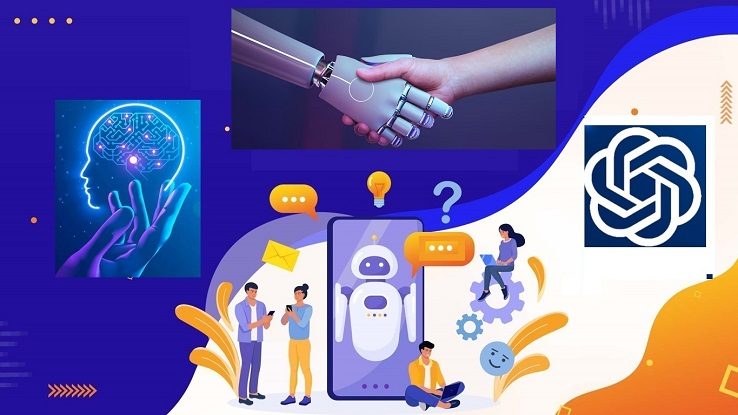
By : Divyeshkumar AMIPARA
Chat GPT Expert Guide, Prompt Writing with 2500+ Ready-To-Use Prompts & Tricks, 99 Wa...
4.8 1044
19 lectures All Level












Learn more topics in various categories at one place. Explore unlimited courses in other categories and up-skill yourself today.

 Jazeb Akram
Jazeb Akram 4.2 771159 Beginner Level

 John Hedengren
John Hedengren 4.1 569062 All Level

 Ranjan Pandey
Ranjan Pandey 4.1 346728 All Level

 Muhammad Ahsan Pervaiz
Muhammad Ahsan Pervaiz 4.2 101337 All Level

 Pieter Vliegenthart
Pieter Vliegenthart 4.6 100916 All Level

 Jerome P.
Jerome P. 4.8 100881 All Level

 Senol Atac
Senol Atac 4.9 100091 All Level

 Vikas Munjal
Vikas Munjal 4.8 100064 Beginner Level

 Avinash A
Avinash A 4.8 100013 All Level
.jpg)
 Gopaluni Sai Karthik
Gopaluni Sai Karthik11 Lectures All Level
.jpg)
 Gopaluni Sai Karthik
Gopaluni Sai Karthik34 Lectures All Level
.jpg)
 Gopaluni Sai Karthik
Gopaluni Sai Karthik16 Lectures All Level
 (1).jpg)
 Gopaluni Sai Karthik
Gopaluni Sai Karthik29 Lectures All Level
.jpg)
 Avik Bal
Avik Bal8 Lectures All Level
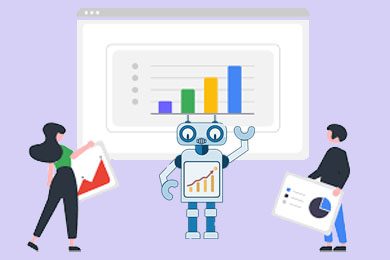
 Aparna Gaikwad
Aparna Gaikwad106 Lectures All Level

 Nancy Mouton NYNCA
Nancy Mouton NYNCA6 Lectures All Level
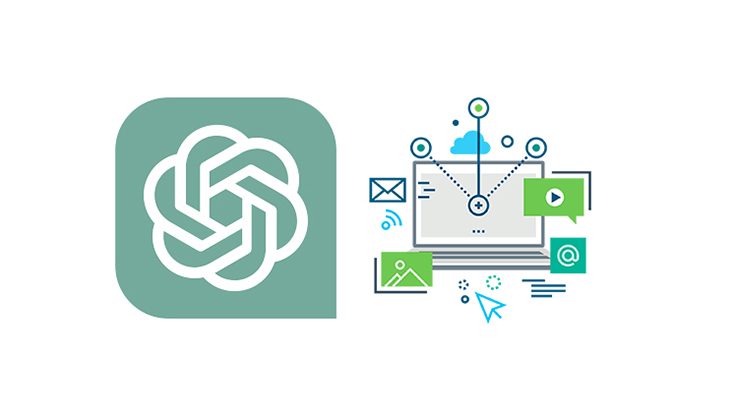
 Omolu Osivue Christopher
Omolu Osivue Christopher18 Lectures All Level
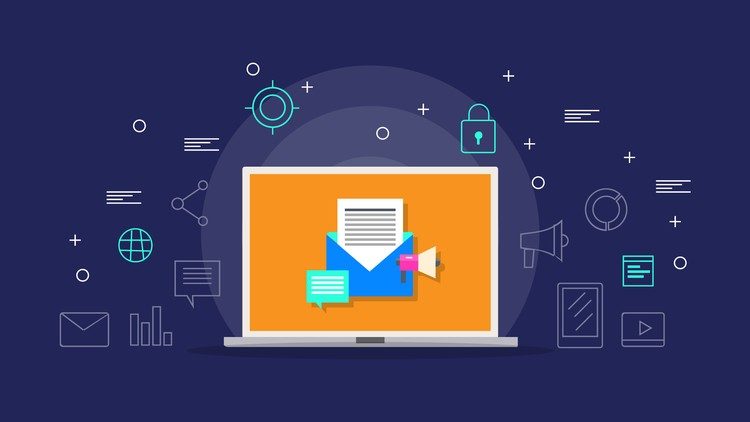
 Trevor Ginn
Trevor Ginn28 Lectures All Level

 Trevor Ginn
Trevor Ginn37 Lectures All Level
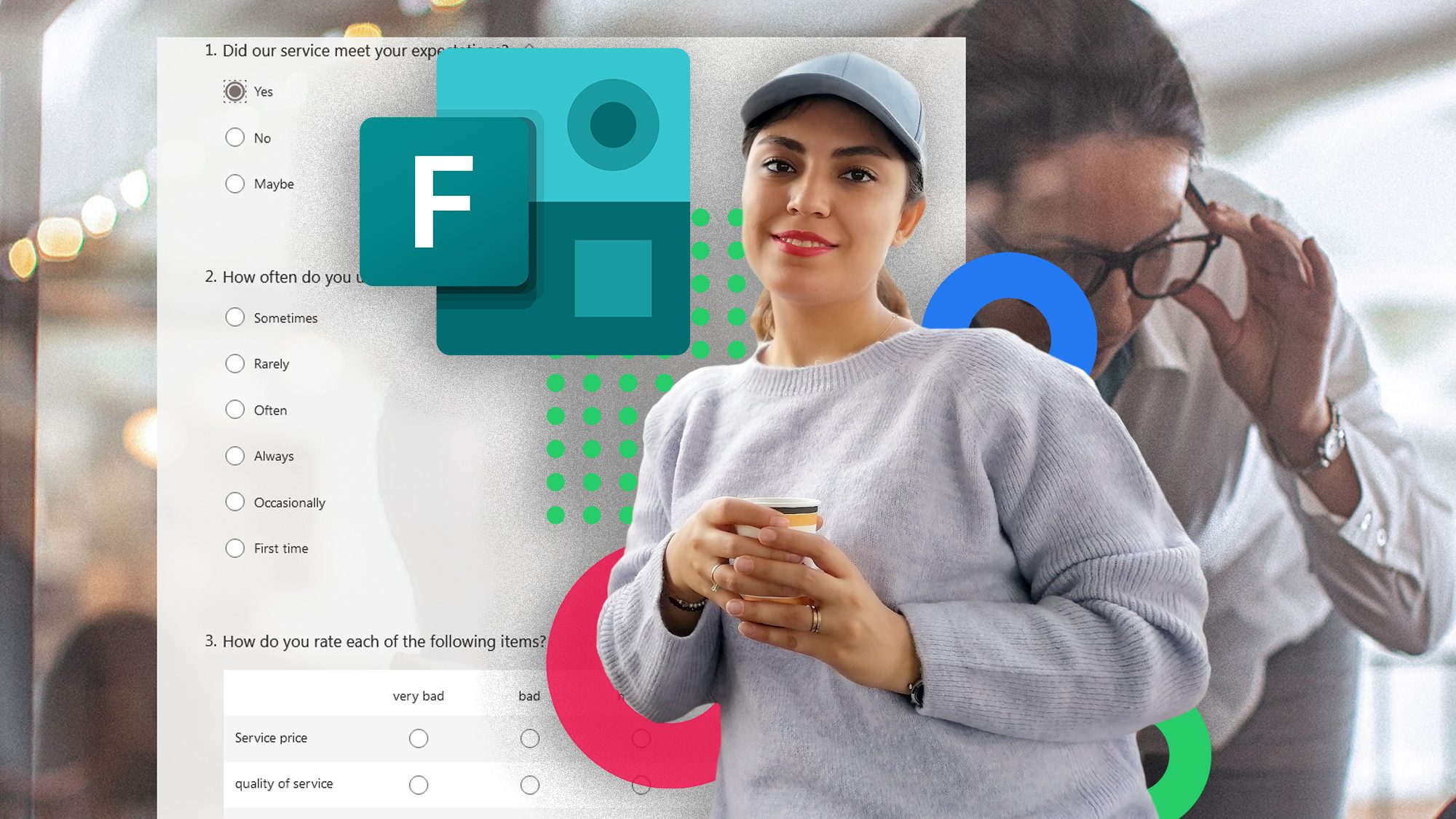
 Delaram Garshasbi
Delaram Garshasbi37 Lectures All Level
 (1).jpg)
 Ashraf Al Madhoun
Ashraf Al Madhoun12 Lectures All Level
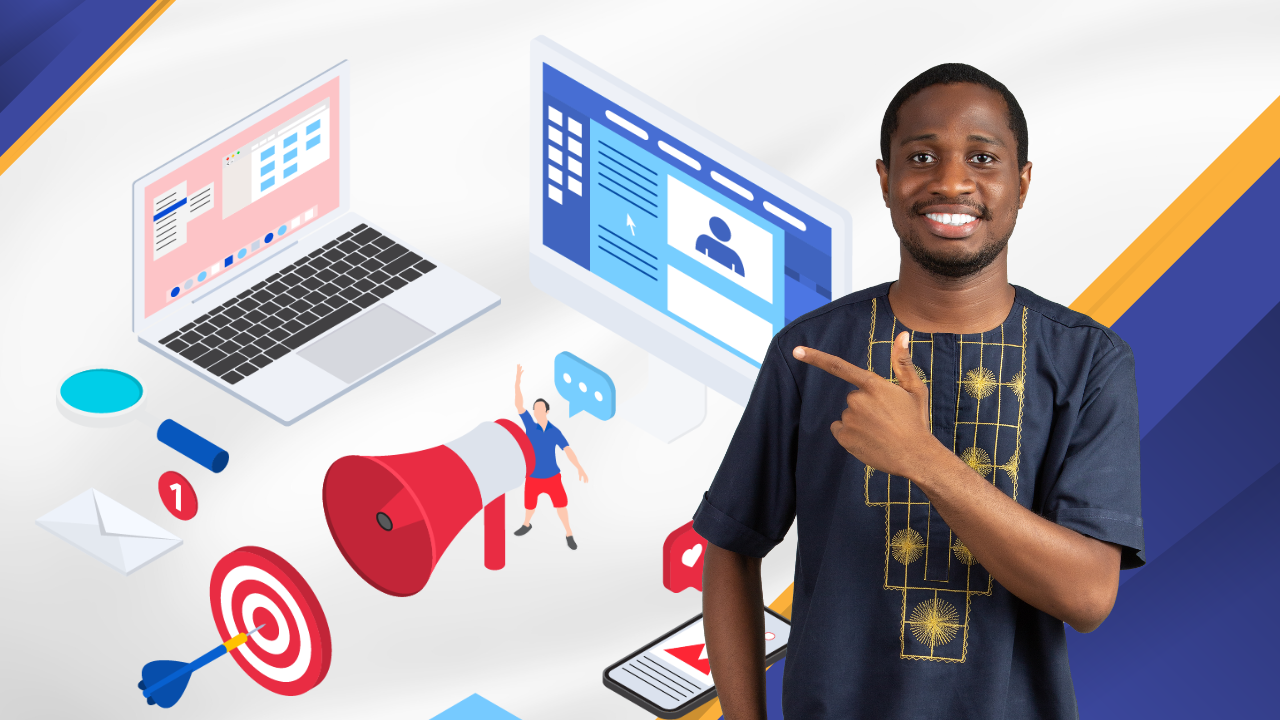
 Girard Boakye-Yiadom
Girard Boakye-Yiadom16 Lectures All Level
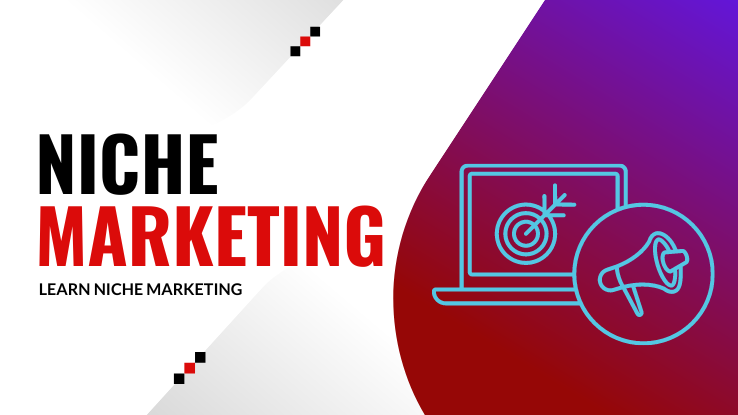
 Mohamed Hafis
Mohamed Hafis10 Lectures All Level

 Yasir Ahmed, M.B.A
Yasir Ahmed, M.B.A10 Lectures All Level
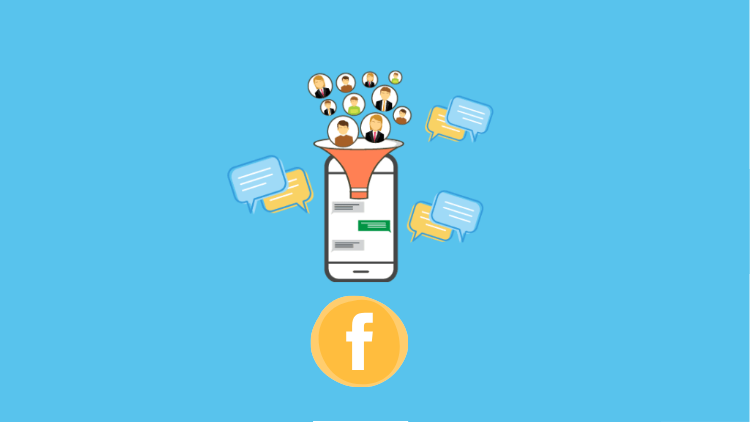
 Yasir Ahmed, M.B.A
Yasir Ahmed, M.B.A7 Lectures All Level

 Yasir Ahmed, M.B.A
Yasir Ahmed, M.B.A5 Lectures All Level

 Yasir Ahmed, M.B.A
Yasir Ahmed, M.B.A26 Lectures All Level

 Yasir Ahmed, M.B.A
Yasir Ahmed, M.B.A14 Lectures All Level

 Yasir Ahmed, M.B.A
Yasir Ahmed, M.B.A29 Lectures All Level

 Divyeshkumar AMIPARA
Divyeshkumar AMIPARA19 Lectures All Level

 Richard Andersone, BCA
Richard Andersone, BCA11 Lectures All Level

 Adil Outlit
Adil Outlit11 Lectures All Level
.jpg)
 LinCademy Training
LinCademy Training20 Lectures All Level

 Mahdi BRADJI
Mahdi BRADJI11 Lectures All Level

 Adonis Anastasiou Anastasiou
Adonis Anastasiou Anastasiou9 Lectures All Level

 Dan Burykin
Dan Burykin5 Lectures All Level

 Handson Courses
Handson Courses23 Lectures All Level

 Jamal Abukou
Jamal Abukou138 Lectures All Level

 Austin iuliano
Austin iuliano23 Lectures All Level

 Vladimir Raykov
Vladimir Raykov19 Lectures All Level
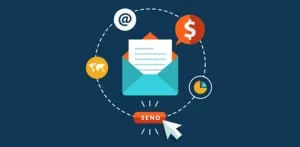
 Vladimir Raykov
Vladimir Raykov19 Lectures All Level

 Edgars Boitmanis
Edgars Boitmanis18 Lectures All Level

 Juan Galvan
Juan Galvan25 Lectures All Level
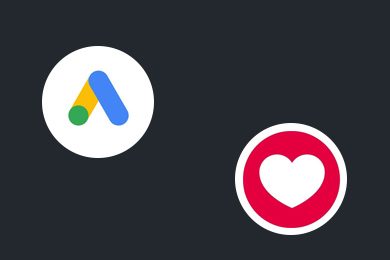
 Akhilendra Singh
Akhilendra Singh53 Lectures All Level

 Brian Jackson
Brian Jackson64 Lectures All Level
A chatbot is a computer program designed to simulate conversation with human users, often through text or voice interactions. Businesses use chatbots to automate customer support, answer queries, and enhance user experiences on websites or messaging platforms.
Chatbots streamline customer interactions by providing instant responses to frequently asked questions, offering 24/7 support, and guiding users through processes. They can improve efficiency, save time, and enhance overall customer satisfaction.
Implementing a chatbot involves defining its purpose, selecting a suitable platform or development framework, designing conversation flows, integrating with existing systems, and continuously refining the bot based on user feedback and performance data.
Chatbots can significantly reduce response times, handle repetitive tasks, provide consistent information, and contribute to cost savings. They also gather valuable user data, enabling businesses to better understand customer needs and preferences.
To ensure success, regularly update your chatbot with new information, monitor user interactions, and integrate machine learning or natural language processing for improved understanding. Additionally, offer a seamless transition to human support when complex issues arise, ensuring a positive user experience.





